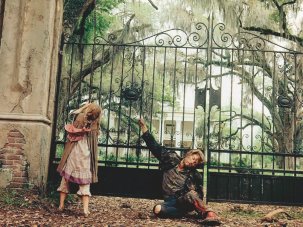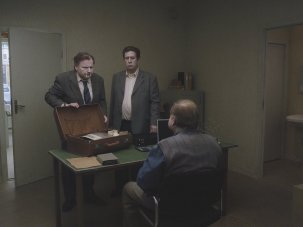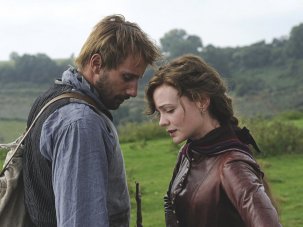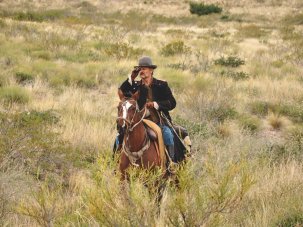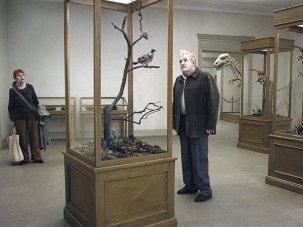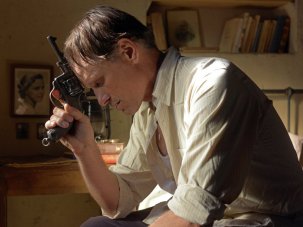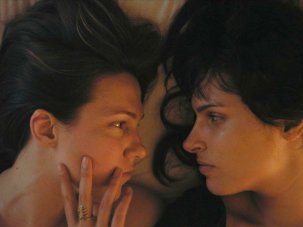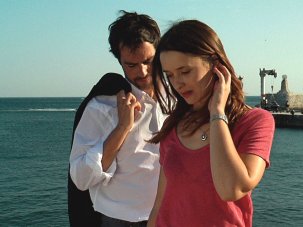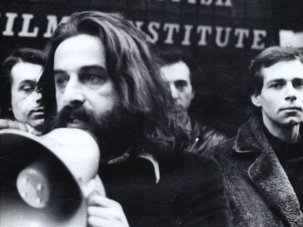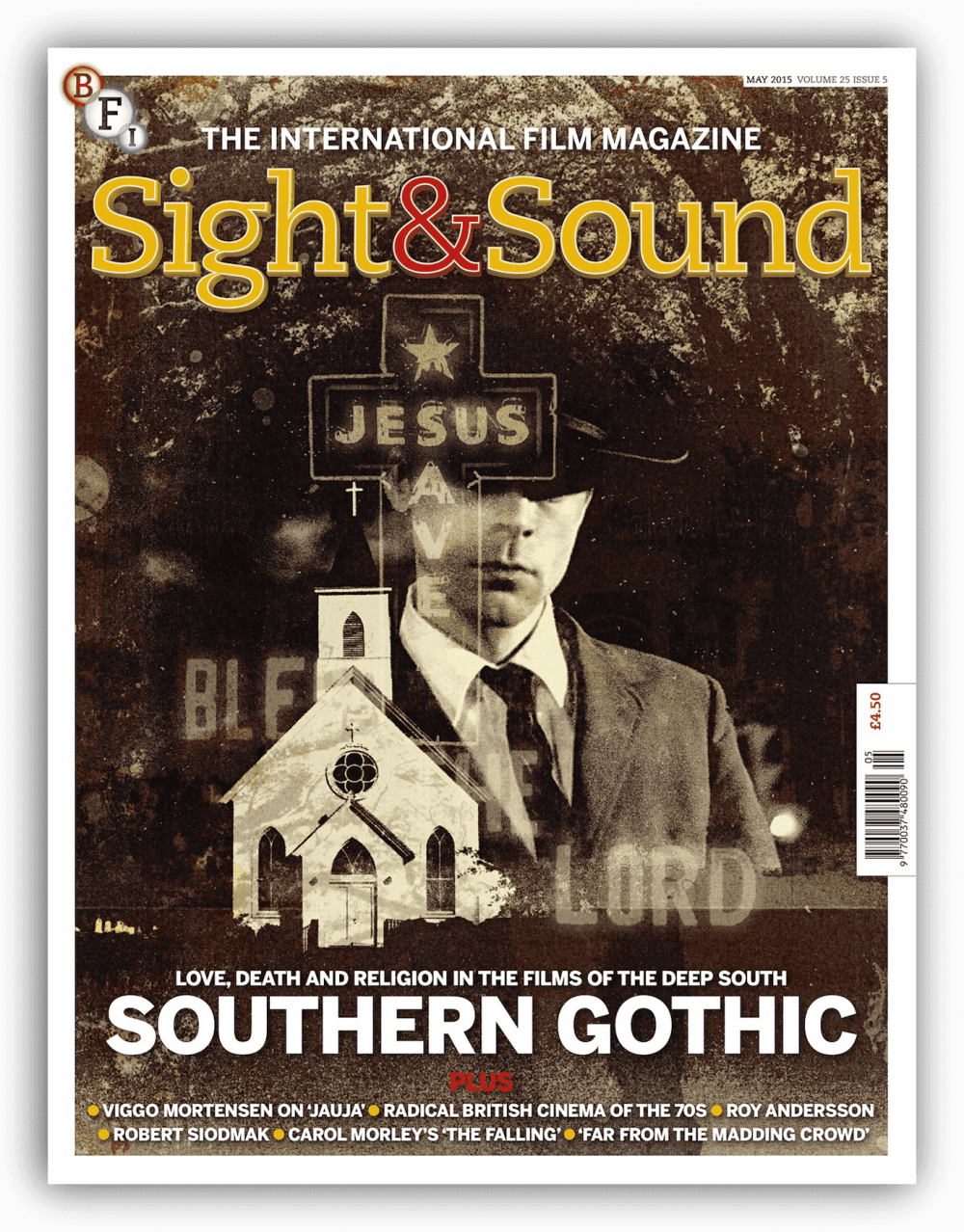
Our May issue steps over the Mason-Dixon line and into the hot and sticky American Deep South, dishing up a serving of the unmistakably pungent gumbo that is the Southern Gothic cinema.
Posted to subscribers and available digitally and on UK newsstands 7 April
→ Sign up / log in
→
The Gothic tradition in the American South, exemplified in literature in the work of Carson McCullers, Flannery O’Connor and William Faulkner, has long provided a rich seam of content for cinema. Finding their spark in what Tennessee Williams called “an underlying dreadfulness in modern experience” and set amid the decaying grandeur and crumbling mansions of the ante-bellum South, these films are haunted by the ghosts of slavery, lost loves and dark family secrets, and feature exiles and eccentrics in a world characterised by macabre violence.
To mark our accompanying Deep Focus film season at BFI Southbank in May, Nick Pinkerton explores how the dark imagination of the South has come alive onscreen, and details the 12 films that play in the Southbank programme.
Set even further south in the Americas, right down in the wild plains of Patagonia, is Argentinian director Lisandro Alonso’s Jauja, a beguiling, hallucinatory study of grief and loss, which follows a father’s desperate search for his daughter in 19th-century Argentina. Alonso tells Mar Diestro-Dópido how the film was inspired by the brutal shock of a friend’s murder, while the film’s star Viggo Mortensen discusses the personal history that drew him to Alonso’s dreamlike fable, and explains why the director is unique among modern filmmakers.
Another utterly distinct figure in contemporary cinema is the great Swedish director Roy Andersson, whose latest film A Pigeon Sat on a Branch Reflecting on Existence is released this month. The morose, sardonic genius that marked Andersson’s earlier films such as Songs from the Second Floor and You, the Living is every bit as present in A Pigeon Sat on a Branch…, which plays like the melancholy inheritor of fellow Nordic miserablists August Strindberg, Edvard Munch and Søren Kierkegaard – but with much better jokes. “I have a rather special taste in comedy,” Andersson tells Jonathan Romney.
Scandinavian cinema of a different kind is found in the troubling work of Andersson’s fellow Swedish director Ruben Östlund. Östlund’s latest feature, Force Majeure, is a chilly, provocative drama in which a split-second decision in the face of an advancing avalanche proves a critical test of character, and explores the cracks that lie beneath the surface in a seemingly happy family on a skiing holiday in the Alps. “I wanted it to be disturbing”, Östlund tells Nick Roddick.
Heading back to Britain, we spotlight The Falling, Carol Morley’s follow-up to the much-acclaimed Dreams of a Life. The enigmatic film tells the story of a mysterious outbreak of fainting at a rural girls’ school at the end of the 1960s, building to a haunting, beautiful exploration of adolescent female friendship and sexuality. Sophie Mayer talks to Morley about the myths of hysteria and the mysteries of filmmaking.
Radical British cinema of a more directly political kind is the subject of a season running at BFI Southbank this month, focused on the work of mavericks such as Marc Karlin and the Berwick Street Collective in the 1970s. Where a previous generation of avant-garde directors in the 1950s and early 60s had made works that still sought to serve a general audience in the cinema, radical independent filmmakers in the UK in the 70s were at virtual war with the mainstream, exploring entirely new methods and modes of address. The season’s curator William Fowler explores this most fascinating period in British filmmaking.
Lastly for this month’s features, Imogen Sara Smith peers through smoky rooms and rain-drenched city streets to consider Cry of the City, director Robert Siodmak’s classic noir about a policeman hunting a cop-killer, which is re-released this month as part of a two-month Siodmak retrospective running at BFI Southbank. In lesser hands, Smith argues, Cry of the City might have been just another fast-paced chase movie, but as a director who always prioritised psychology over suspense, Siodmak lifts the drama clear of its genre roots.
Elsewhere in the issue, our Wide Angle section features profiles of the work of Marc Karlin and of Makino Takashi, as well as a celebration of three key blaxploitation soundtracks.
Our reviews section covers every new film released this month, including Thomas Vinterberg’s new take on Thomas Hardy’s Far From the Madding Crowd and the Dublin-set Glassland.
Our DVD and Blu-ray section includes Mark Fisher’s thoughts on The Offence, Sidney Lumet’s unflinching film about 1970s police brutality and corruption, as well as extended reviews of a new Blu-ray collection of Rossellini’s war films and Raymond Bernard’s ferociously authentic WWI film Wooden Crosses.
Closing out, our Endings column focuses on the bleakly compelling denouement to Stanley Kubrick’s classic heist picture The Killing.
All this and more…
→
Features
Cover feature
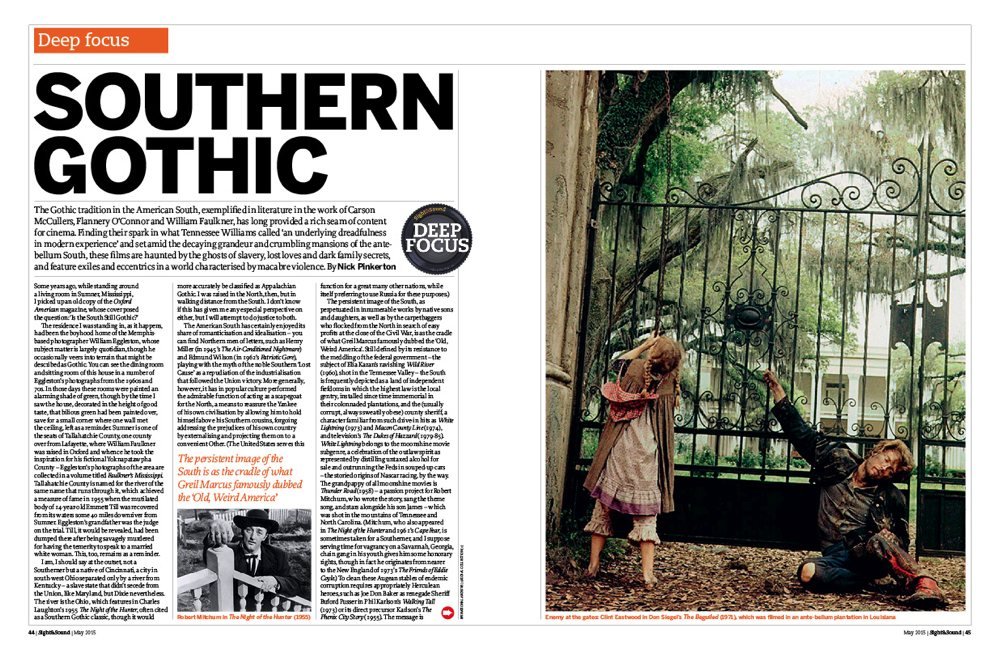
The Gothic tradition in the American South, exemplified in literature in the work of Carson McCullers, Flannery O’Connor and William Faulkner, has long provided a rich seam of content for cinema. Finding their spark in what Tennessee Williams called “an underlying dreadfulness in modern experience” and set amid the decaying grandeur and crumbling mansions of the ante-bellum South, these films are haunted by the ghosts of slavery, lost loves and dark family secrets, and feature exiles and eccentrics in a world characterised by macabre violence. By Nick Pinkerton.
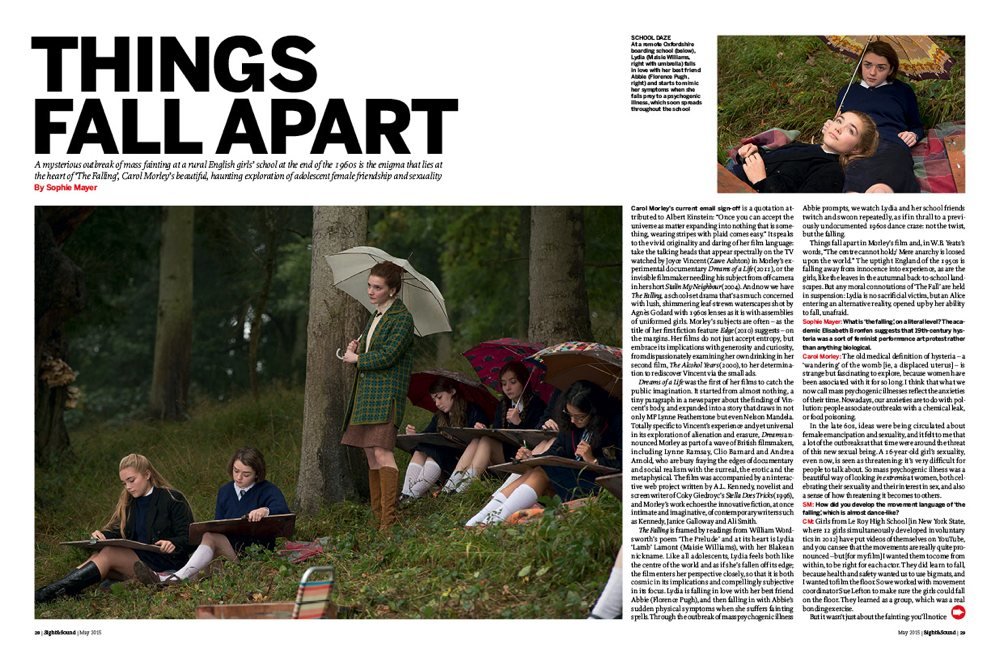
A mysterious outbreak of mass fainting at a rural English girls’ school at the end of the 1960s is the enigma that lies at the heart of The Falling, Carol Morley’s beautiful, haunting exploration of adolescent female friendship and sexuality. y Sophie Mayer.
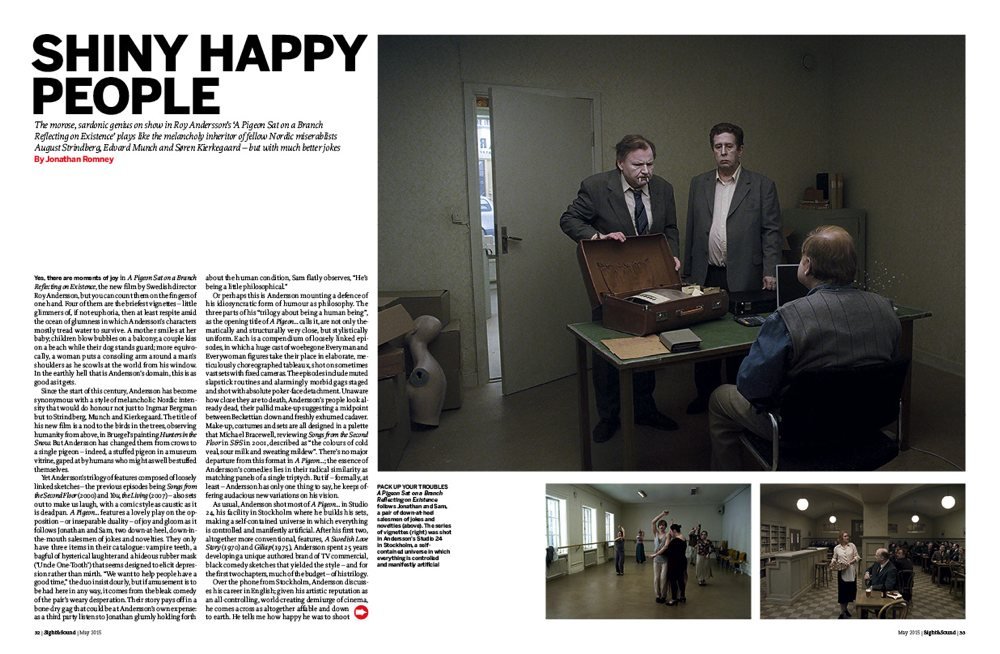
The morose, sardonic genius on show in Roy Andersson’s A Pigeon Sat on a Branch Reflecting on Existence plays like the melancholy inheritor of fellow Nordic miserablists August Strindberg, Edvard Munch and Søren Kierkegaard – but with much better jokes. By Jonathan Romney.
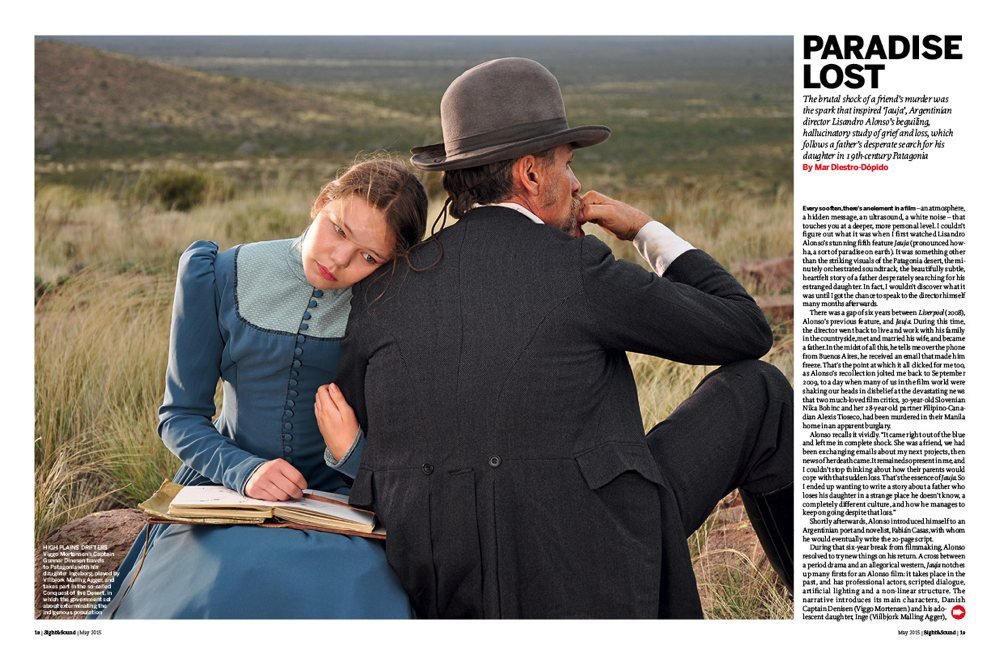
The brutal shock of a friend’s murder was the spark that inspired Jauja, Argentinian director Lisandro Alonso’s beguiling, hallucinatory study of grief and loss, which follows a father’s desperate search for his daughter in 19th-century Patagonia. By Mar Diestro-Dópido.
Plus: Living the dream
Jauja star Viggo Mortensen traces the personal history that drew him to Lisandro Alonso’s dreamlike fable and explains why the director is unique among modern filmmakers. By Mar Diestro-Dópido.
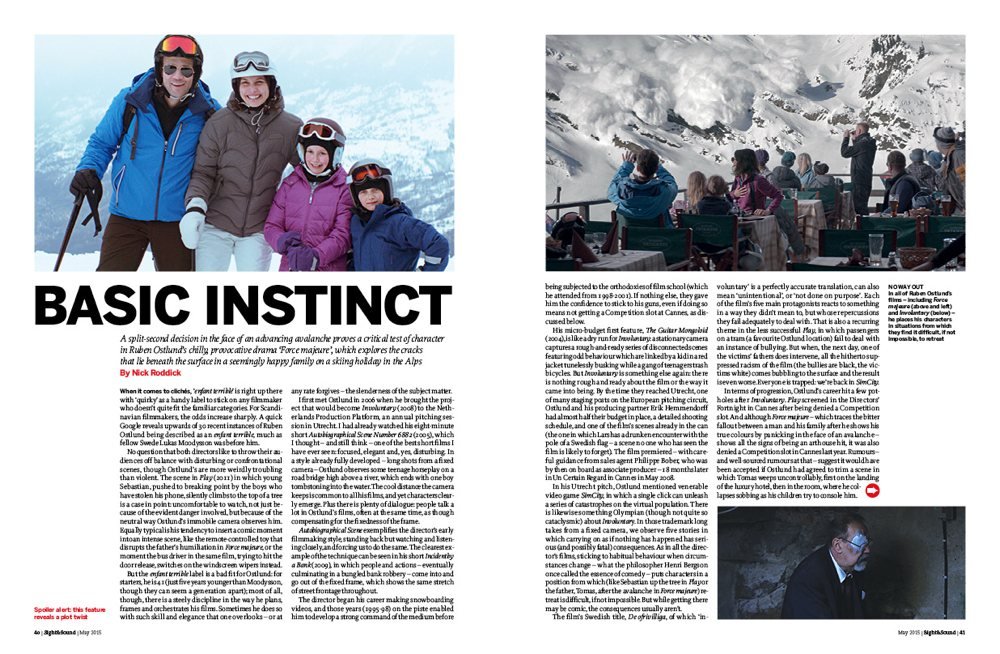
A split-second decision in the face of an advancing avalanche proves a critical test of character in Ruben Ostlund’s chilly, provocative drama Force majeure, which explores the cracks that lie beneath the surface in a seemingly happy family on a skiing holiday in the Alps. By Nick Roddick.
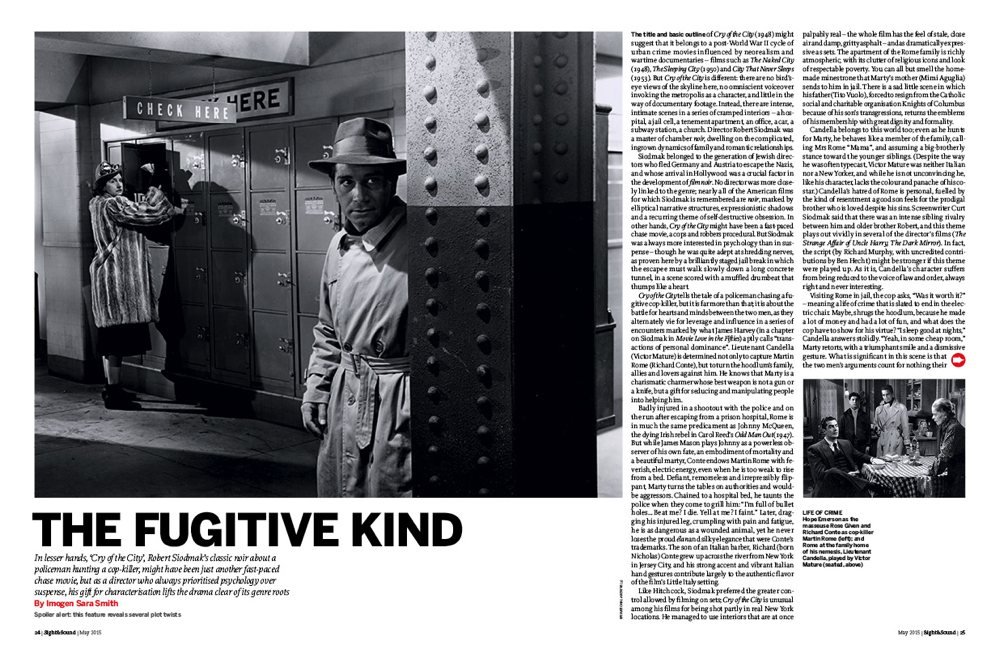
In lesser hands, Cry of the City, Robert Siodmak’s classic noir about a policeman hunting a cop-killer, might have been just another fast-paced chase movie, but as a director who always prioritised psychology over suspense, his gift for characterisation lifts the drama clear of its genre roots. By Imogen Sara Smith.
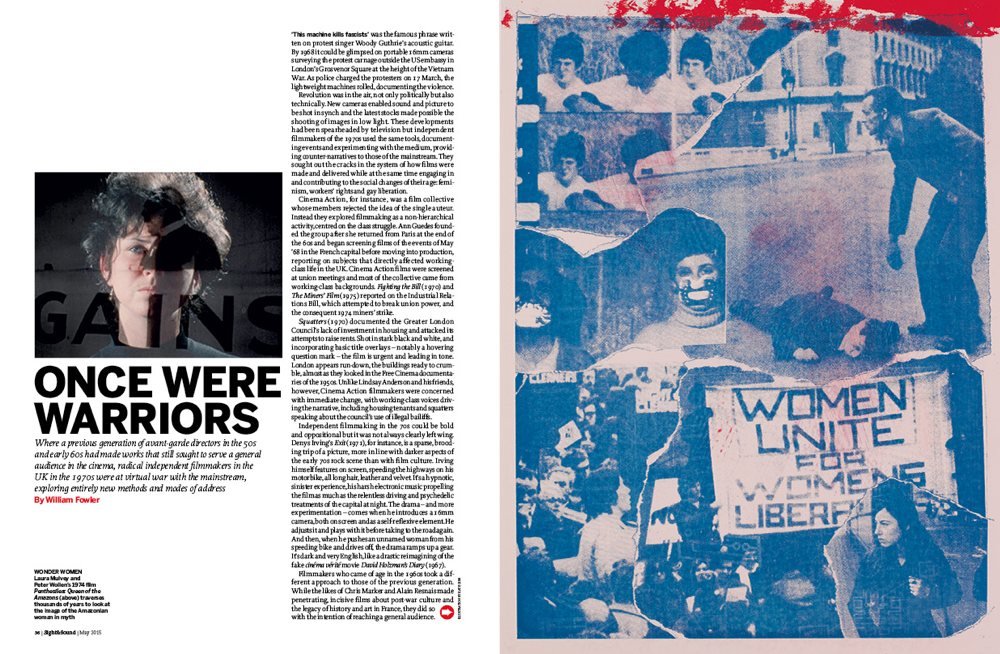
Where a previous generation of avant-garde directors in the 50s and early 60s had made works that still sought to serve a general audience in the cinema, radical independent filmmakers in the UK in the 1970s were at virtual war with the mainstream, exploring entirely new methods and modes of address. By William Fowler.
Regulars
Editorial
Mid-budget musings, from Bermuda to Brussels
Rushes
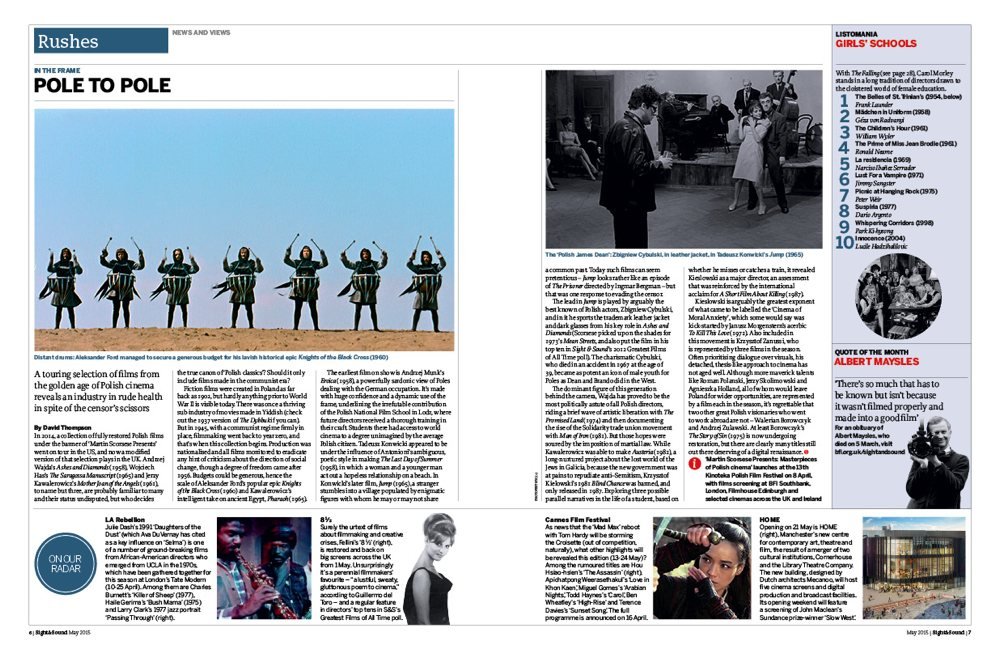
In the frame: Pole to pole
A touring selection of films from the golden age of Polish cinema reveals an industry in rude health in spite of the censor’s scissors. By David Thompson.
Listomania: Girls’ schools
Object lesson: It’s curtains!
Drapes can evoke surprise and delight but also hint at the threat that lies beyond their concealed interior. By Hannah McGill.
The five key…: Thomas Hardy films
In Wessex or out of it, the clashing moral imperatives and looming catastrophes of Hardy’s novels create strong plotlines. By Philip Kemp.
First sight: Summer in a small town
The ghosts of Rohmer and Naruse haunt Au revoir l’été, Fukada Koji’s tale of a young girl coming of age in a seaside town. By Trevor Johnston.
Dispatches: Stopping the rot
A recent week-long film preservation school in Mumbai suggests the tide is turning in the battle to protect India’s film classics. By Mark Cousins.
The industry
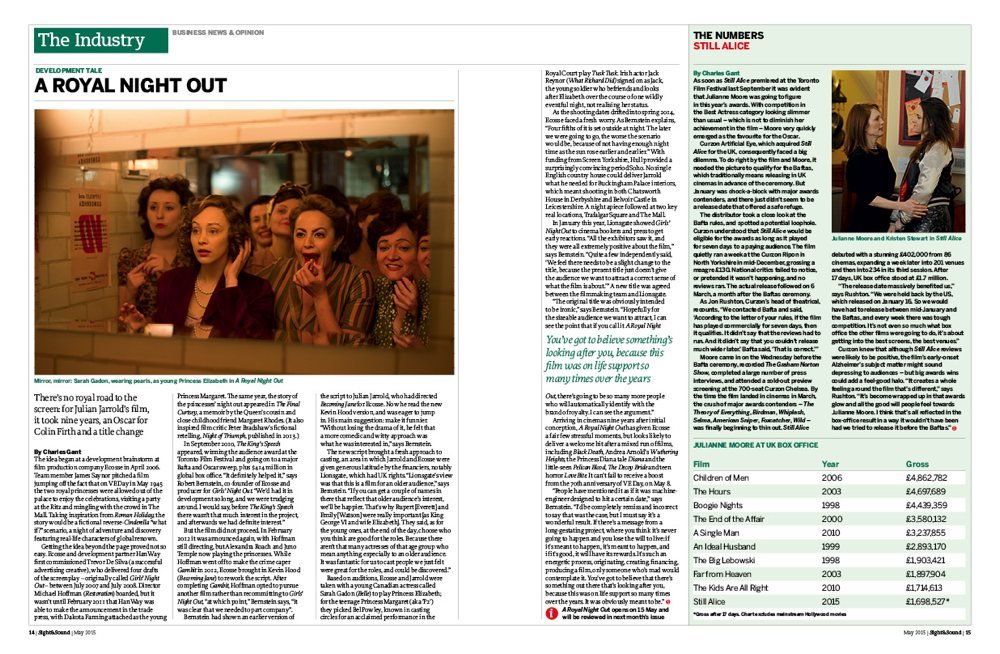
Development tale: A Royal Night Out
There’s no royal road to the screen: for Julian Jarrold’s film, it took nine years, an Oscar for Colin Firth and a title change. By Charles Gant.
The numbers: Still Alice
Brewster: What a relief
Any suggestion that the UK industry should stand on its own two feet misses the whole point of tax relief and public funding. By Ben Roberts.
Wide angle
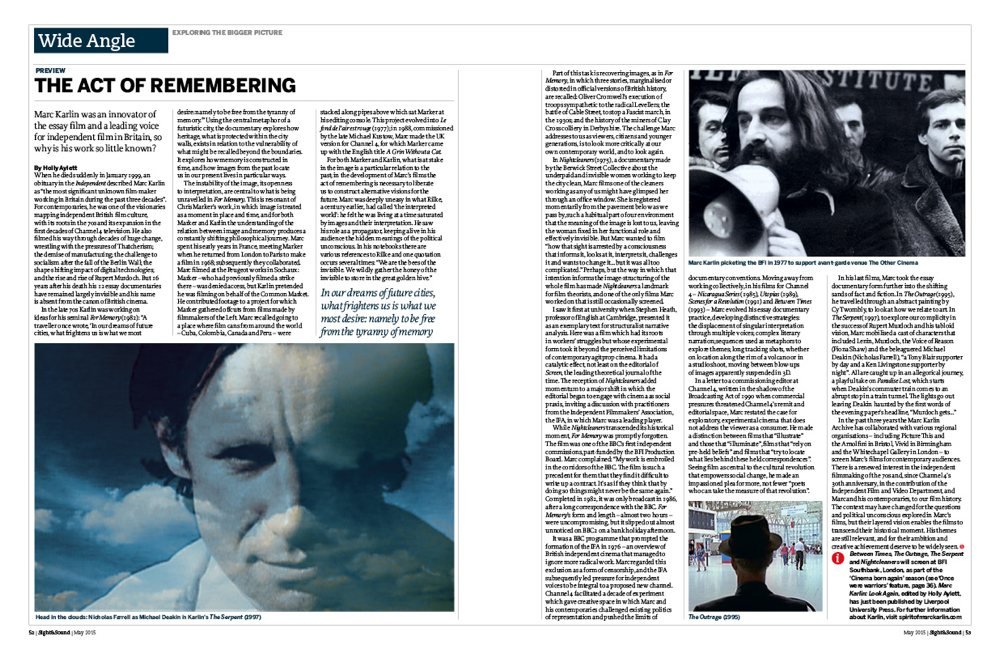
Preview: The act of remembering
Marc Karlin was an innovator of the essay film and a leading voice for independent film in Britain, so why is his work so little known? By Holly Aylett.
Soundings: Soul stirrers
In a trio of blaxploitation films of the early 70s, three of the great soul musicians reinvented the film soundtrack. By Pasquale Iannone.
Primal screen: The world of silent cinema
For the poets of the Beat generation, Charlie Chaplin’s Little Tramp became a symbol and an inspiration. By Lisa Stein Haven.
Artists’ moving image: In pursuit of the ineffable
The dreamlike films of Makino Takashi exploit technology to create unforgettable visual and aural experiences. By Jasper Sharp.
Festival: Power to the people
There was plenty of excitement at Colombia’s FICCI this year – down in the auditorium as well as up on the screen. By Michael Pattison.
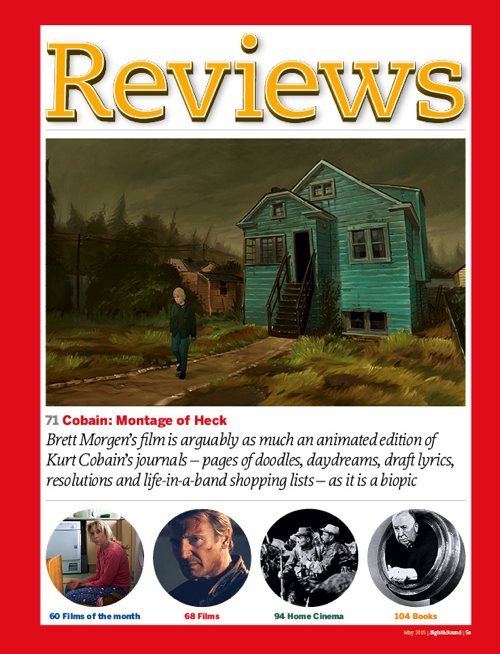
Reviews
Films of the month
Far from the Madding Crowd
Glassland
The Invisible Life
Jauja
plus reviews of
Amar Akbar & Tony
Argerich
Au revoir l’été
Bypass
Chappie
Cobain: Montage of Heck
Dark Horse
Dark Summer
The Decent One
The Divergent Series: Insurgent
The Duff
Everly
Exit
The Falling
Focus
Force majeure
Gente de bien
Good Kill
The Good Lie
The Gunman
Harlock Space Pirate
Hot Tub Time Machine 2
John Wick
Kidnapping Freddy Heineken
The Last 5 Years
A Little Chaos
A Pigeon Sat on a Branch Reflecting on Existence
Run All Night
The Salvation
Samba
The Second Best Exotic Marigold Hotel
Stonehearst Asylum
The Town That Dreaded Sundown
Unfinished Business
White Shadow
Wild Card
DVD features
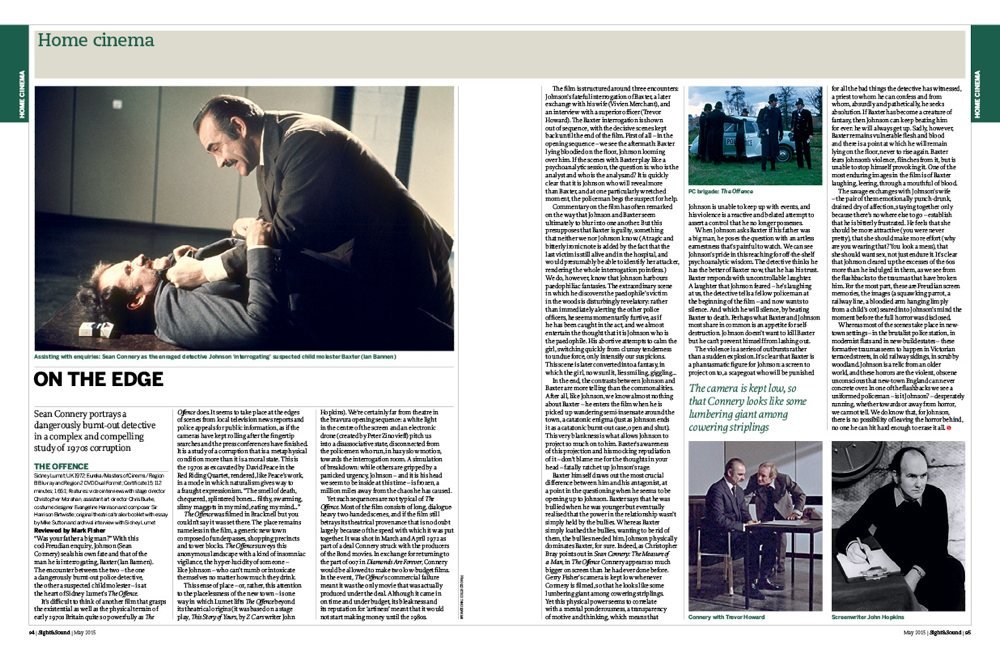
On the edge: The Offence
Sean Connery portrays a dangerously burnt-out detective in a complex and compelling study of 1970s corruption. By Mark Fisher.
Rediscovery: Wooden Crosses
Raymond Bernard was once hailed as one of France’s top directors. His ferociously authentic WWI movie reminds us why. By Philip Kemp.
Revival: Robert Rossellini: the War Trilogy
Seven decades on, Rossellini’s war films emerge as powerful monuments to Europe’s past – and to Italian film history. By Michael Brooke.
Lost and found: Cry for Me, Billy
Beneath its classic western trappings, this 70s tale of a disillusioned gunman has a radical revisionist spin. By Vlastimir Sudar.
plus reviews of
Baby Love
La ciénaga
Cult of the Damned (Angel, Angel Down We Go)
Darling
Every Man for Himself
God Told Me To
Kiss Me
Stupid
No Trees in the Street
Spring in a Small Town
The Tales of Hoffmann
Woman They Almost Lynched
Television
Sherlock Holmes
Books
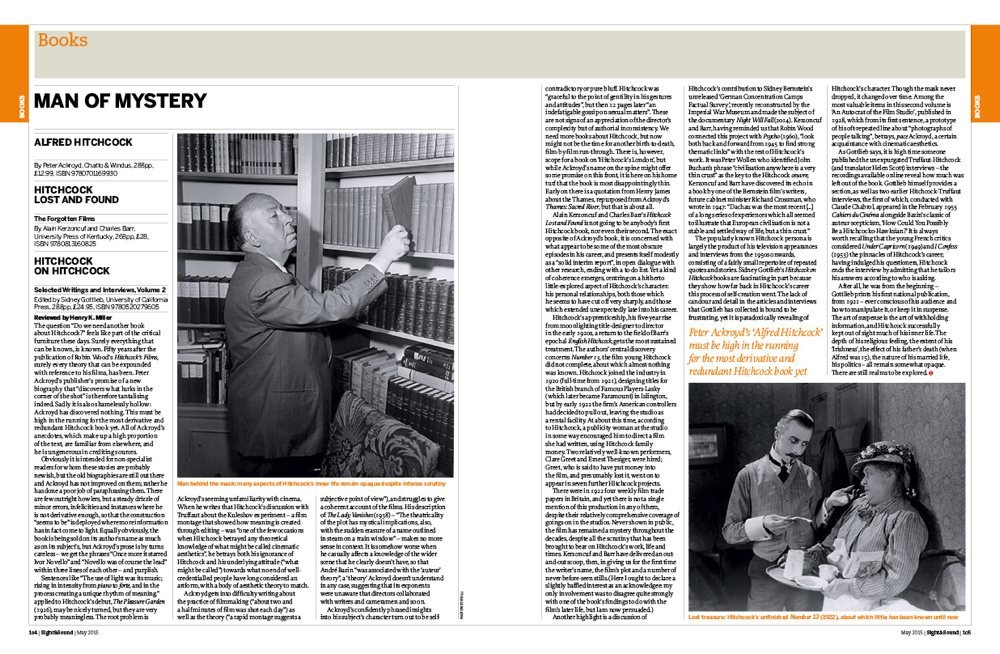
Alfred Hitchcock by Peter Ackroyd (Chatto & Windus), Hitchcock Lost and Found: the Forgotten Films by Alain Kerzoncuf and Charles Barr (University Press of Kentucky) and Hitchcock on Hitchcock: Selected Writings and Interviews, Volume 2 edited by Sidney Gottlieb (University of California Press) reviewed by Henry K. Miller
Bazin on Global Cinema 1948-1958 translated and edited by Bert Cardullo (University of Texas Press) and Andre Bazin’s New Media translated and edited by Dudley Andrew (University of California Press) reviewed by Catherine Wheatley
Letters
More remakes and remodels
Deflating The Numbers
One shade of Fifty Shades
Rediscovering Steve Carter
In memoriam Gilberto Perez
What It Follows follows
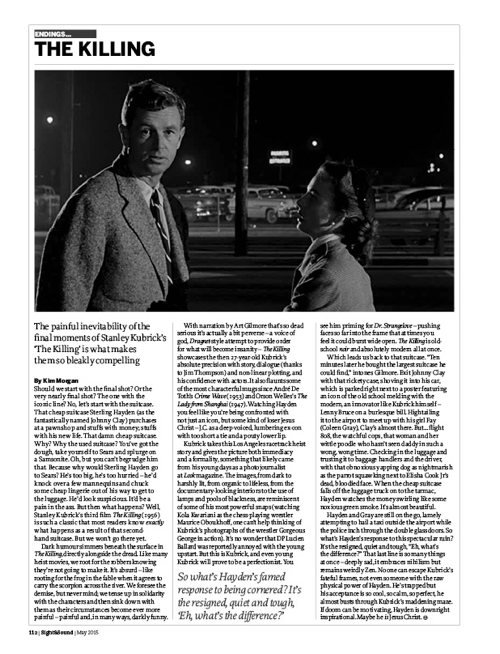
Endings
The Killing
The painful inevitability of the final moments of Stanley Kubrick’s film noir is what makes them so bleakly compelling. By Kim Morgan.
→
Further reading
-
The Digital Edition and Archive quick link
Log in here to your digital edition and archive subscription, take a look at the packages on offer and buy a subscription.




